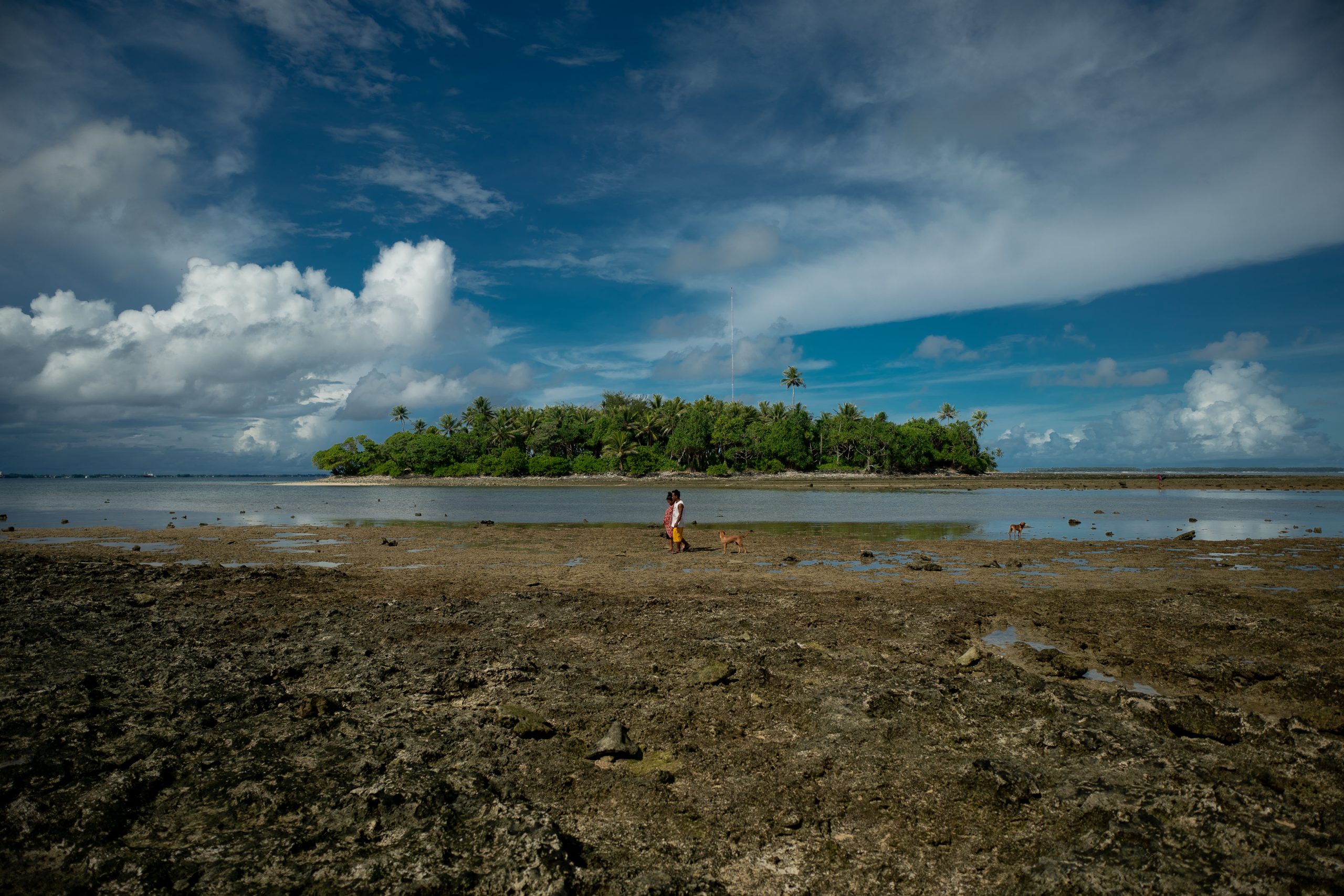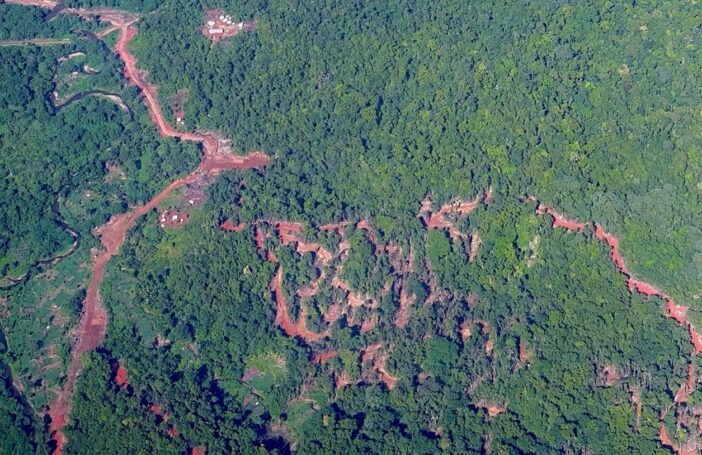Across Australia and the Indo-Pacific, climate change impacts are being experienced through the medium of water – through drought, floods, and increasingly variable rainfall. Water, climate and sustainable development are closely interrelated. Devastating floods and drought have long-lasting effects on people, communities and ecosystems, and have the potential to wipe out years of development gains.
The Indo-Pacific region, home to the largest number of poor and disadvantaged people on the planet, is expected to experience new temperature extremes, sea level rise and heavy rainfall events, impacting millions of people whose lives, homes and livelihoods depend on healthy water systems. Reduced economic development, social and political instability, disrupted access to women’s education and conflict have all been noted as direct consequences of water-related climate risks. For example, the floods earlier this year in Pakistan are estimated by the World Bank to have cost the country more than US$30 billion in total damages and economic losses. There are far-reaching consequences, including social disruption due to loss of land and resources, and increasing debt for those having to build back their livelihoods. The water cycle is cross-sectoral and touches every area of development.
Understanding water-centred risks is critical to understanding the impacts of climate change, but also the ongoing work of reducing emissions. At this year’s COP27, new research showed how the demands of rapid climate mitigation will impact water security. The report, developed by Stockholm International Water Institute and partners, reveals that water could be the “make-or-break factor” determining our ability to avert a climate disaster. Reliable water sources are needed for clean energy strategies (hydropower, hydrogen, and manufacturing of new solar and wind assets). Water risk needs to be factored into planning for both mitigation and adaptation.
In practice, approaches to assess and manage water security are normally done at the national scale, but there is increasing acknowledgement that the local context is essential to conceptualising risk and building resilience.
Water insecurity is experienced differently across different settings with varying capability to manage risks. It is influenced by infrastructure, governance and financing, as well as ecological, social and political factors. This understanding informs a new publication launched by the Australian Water Partnership at the 2022 Australasian AID Conference, which explores a socioecological approach to understanding and managing water and climate risks in the Indo-Pacific. Authored by Hemant Ojha and Nick Schofield, the report details current and emerging climate change related risks and responses, and provides a framework for action. This framework recognises that vulnerability to risk is not distributed equally, but that certain places, and indeed certain groups and individuals, are more exposed and/or less able to cope with the risks they face.
The central idea that the publication conveys is that socioecological zones need to form the basis of understanding climate risks and the management of water. These zones include mountain towns, dry zones, delta zones, Pacific islands, and large coastal cities. These socioecological zones purposely differ from administrative boundaries of states, provinces and districts. The different perspective through the lens of these zones reflects social and ecological commonalities to promote decentralised planning and decision-making power around water management.
This “leave no-one behind” approach aspires to put water management into the hands of the people who know their local conditions and assets the best. It recognises diversity, and integrates critical social dimensions of water resource management – creating new opportunities to advance gender equity, disability and social inclusion considerations to influence decision-making.
The report helps establish a baseline for the growing community of practitioners and scholars who are increasingly recognising the interlinkages between water and climate in how we both adapt and mitigate. There is a strong focus on context-specific response, highlighting the importance of local knowledge and partnerships in development assistance. But for effective response, local responses need to be networked with national (and international) governance and finance in a new way.
Catering to the Asia-Pacific region’s diversity in climate risks and adaptive capacities also requires effective policy solutions, as captured in the report and an accompanying policy brief. A number of policy principles have been developed based on the analysis and findings in the report, and are a starting point towards implementation.
The responses and actions presented in this report can be used as guidelines, to be continuously explored, adapted and applied, rather than ready-made solutions.
What does this mean for practitioners? Working on planning and risk management across water governance scales can be challenging, with different levels of government, communities, researchers and civil society all relevant to the socioecological approach. But we know that better practice examples of community-based climate adaptation are rooted in local conditions and politics, and so finding ways for local diversity to inform and influence national and regional planning and design of water security approaches will be important.
As development partners, we need to value local experience, and work with communities and governments to think through risk in an integrated way. Iterative co-design of water security interventions is important, but the international and national systems and structures that provide much of the finance and regulation also need to have sufficient flexibility to cater for local diversity.
With climate change already being felt through changes to the water cycle, the response is even more urgent.
Read the report ‘Climate change and water security in the Indo-Pacific region: risks, responses, and a framework for action’.




